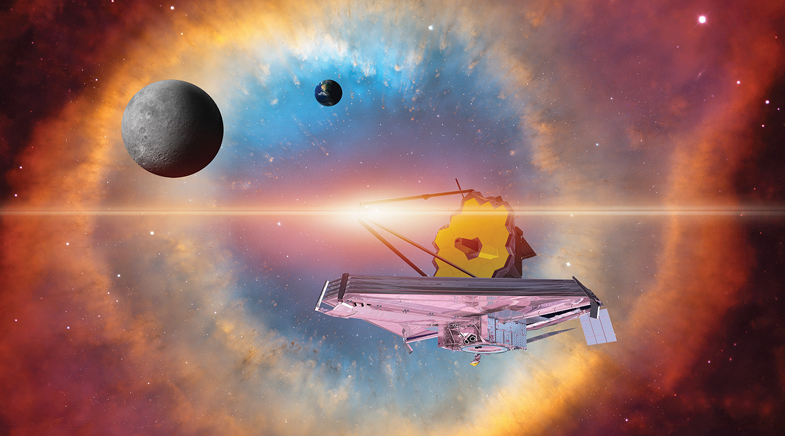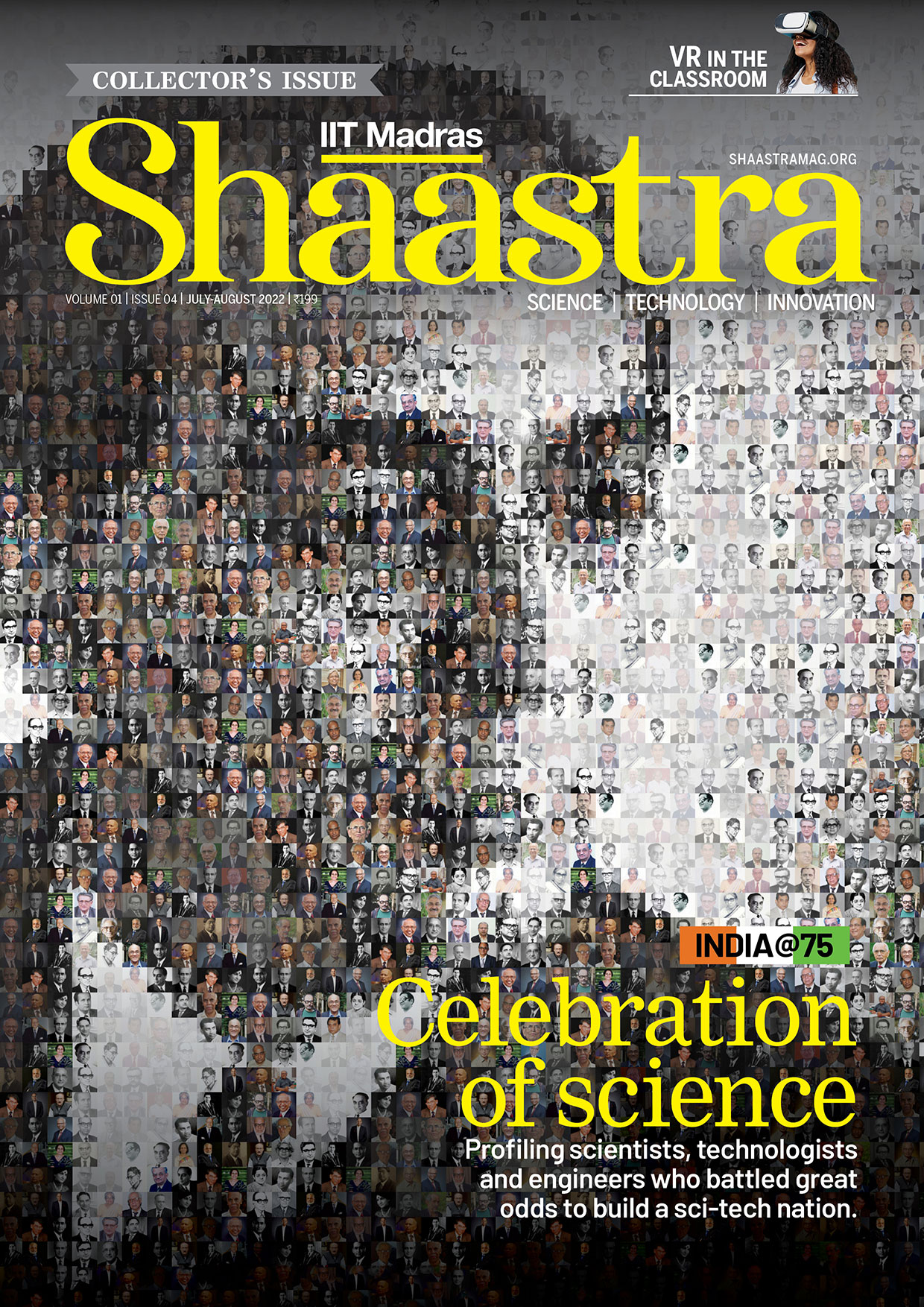When the first stars were born
-
- from Shaastra :: vol 01 issue 02 :: Mar - Apr 2022

A hundred years after the Big Bang theory was posited, humanity is in a position to watch the first stars form in the universe.
In 1927, the Belgian priest and theoretical physicist Georges Lemaître used Einstein's General Relativity theory to derive the idea that the universe was expanding. American astronomer Edwin Hubble had already observed this expansion by then, but Lemaître provided a strong theoretical basis for it by deducing that the velocity of a galaxy was proportional to its distance from the Earth. Lemaître also used his mathematics to propose that the universe originated from a tiny speck long ago, in an event that was to be called the Big Bang.
By the end of the 20th century, scientists had used accurate measurements and theory to estimate that the Big Bang had occurred around 13.7 billion years ago. Evidence for the Big Bang came in 1965, when Arno Penzias and Robert Wilson at Bell Labs measured its feeble afterglow. What they detected was microwave radiation from just 380,000 years after the Big Bang, around the time the universe had cooled enough for radiation to travel unimpeded by collisions with energetic particles. Some more evidence for the Big Bang was provided almost a decade later in India, by a telescope at Ooty, which captured galaxies in the distance bunched closer together than they are in our vicinity. Since looking into the distance is like looking into the past, it was clear evidence for the expansion of the universe.
Over the next four decades, scientists built sophisticated optical telescopes that could look far into the night sky. One of them, the Hubble telescope, spotted galaxies that existed about a billion years after the Big Bang. But the Hubble could look no farther than that. Scientists have no data during the period between two observations: the afterglow of the Big Bang in microwaves and pictures of the universe a billion years after its birth. This is one of the most critical periods in the history of the universe. It was the time when the first stars were born.
PAST ISSUES - Free to Read


Have a
story idea?
Tell us.
Do you have a recent research paper or an idea for a science/technology-themed article that you'd like to tell us about?
GET IN TOUCH














